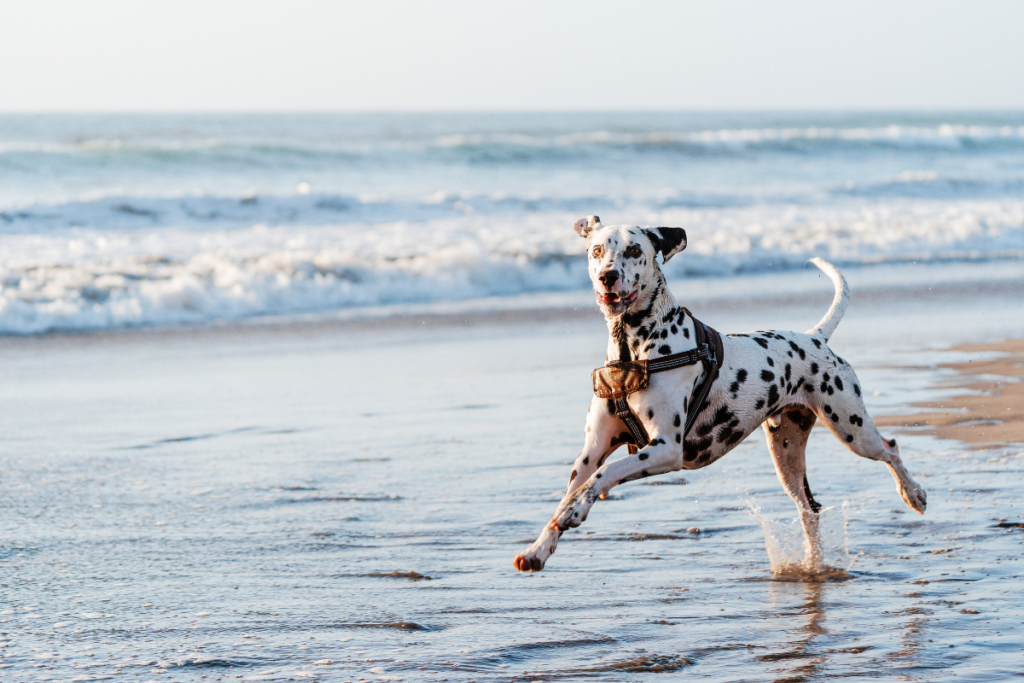Dogs have been our companions for millennia, evolving alongside humans to fulfill various roles that range from companionship to essential work.
This article explores the diverse spectrum of dog breeds, from toy breeds cherished for their affection to working breeds prized for their intelligence and utility.
1. Introduction

Dogs are not just pets; they are integral parts of our lives, serving in roles that span from household companions to highly specialized working partners.
Understanding the diversity of dog breeds and their inherent traits helps us appreciate their unique contributions to human society.
2. Toy Breeds: Charm and Companionship

Toy breeds encompass some of the smallest and most charming dogs, beloved for their diminutive size and endearing personalities.
These breeds often excel in providing companionship and emotional support to their owners. Examples include the:
Chihuahua: Known for its feisty attitude and loyalty to its owner.
Pomeranian: With its fluffy coat and lively demeanor, it’s a favorite for city dwellers.
Maltese: Elegant and affectionate, prized for its silky white coat and gentle nature.
Toy breeds often excel in roles such as lap dogs, therapy animals, and cherished companions in homes and apartments where space is limited.
3. Sporting and Hunting Breeds: Agility and Versatility

Sporting and hunting breeds are known for their athleticism, endurance, and keen senses.
These dogs were originally bred to assist hunters in locating, flushing out, and retrieving game. Key breeds in this category include:
Labrador Retriever: Renowned for its friendly nature and exceptional retrieving abilities.
Golden Retriever: Intelligent and trainable, valued for its gentle temperament and retrieving skills.
Pointer: Known for its stamina and pointing instinct, aiding hunters in locating game birds.
These breeds often excel in roles such as hunting companions, search and rescue dogs, and competitive agility and obedience trials.
4. Working Breeds: Strength and Utility
Working breeds are characterized by their strength, intelligence, and utility in performing a wide range of tasks.
These dogs have historically been bred to assist humans in various capacities, including:
German Shepherd: Versatile and highly trainable, used in police work, search and rescue, and as service dogs.
Siberian Husky: Known for its endurance and ability to pull sleds over long distances in Arctic conditions.
Boxer: Strong and loyal, used in roles such as guarding, police work, and as therapy dogs.
Working breeds often excel in roles such as herding livestock, guarding property, pulling sleds, and providing assistance to people with disabilities.
5. Herding Breeds: Intelligence and Control
Herding breeds are valued for their intelligence, agility, and innate ability to control the movement of other animals.
These dogs excel in managing livestock and maintaining order in diverse environments. Key examples include:
Border Collie: Known for its intense focus and herding instinct, often used in sheepdog trials.
Australian Shepherd: Highly intelligent and agile, capable of herding livestock with precision.
Corgi: Small but sturdy, known for its herding abilities despite its size.
Herding breeds are indispensable in roles such as working on farms, ranches, and as competitive agility and obedience dogs.
6. Terriers: Tenacity and Vermin Control
Terriers are characterized by their tenacity, courage, and instinctive drive to hunt and kill vermin.
These breeds were originally bred for controlling pests such as rats and foxes. Key terrier breeds include:
Jack Russell Terrier: Energetic and fearless, used for hunting small game and in terrier trials.
Scottish Terrier: Distinguished by its strong prey drive and independent spirit.
Bull Terrier: Robust and muscular, known for its determination and loyalty.
Terriers excel in roles such as vermin control on farms, companionship, and participating in earthdog trials.
7. Conclusion
Dog breeds embody a wide spectrum of characteristics and abilities, reflecting their historical roles and the diverse needs of human society.
From the smallest toy breeds to the hardworking giants, each breed brings unique qualities that contribute to their roles as companions, helpers, and working partners.
Understanding these roles not only enriches our appreciation for dogs but also underscores the importance of selecting breeds that match our lifestyles and needs.
In conclusion, the world of dog breeds is rich and diverse, offering something for every temperament and purpose.
Whether you seek a loyal companion, a skilled working partner, or a playful family pet, there’s a breed perfectly suited to fulfill your expectations and enrich your life.







